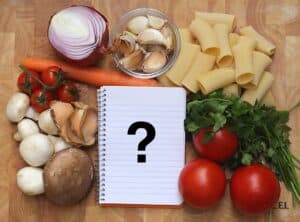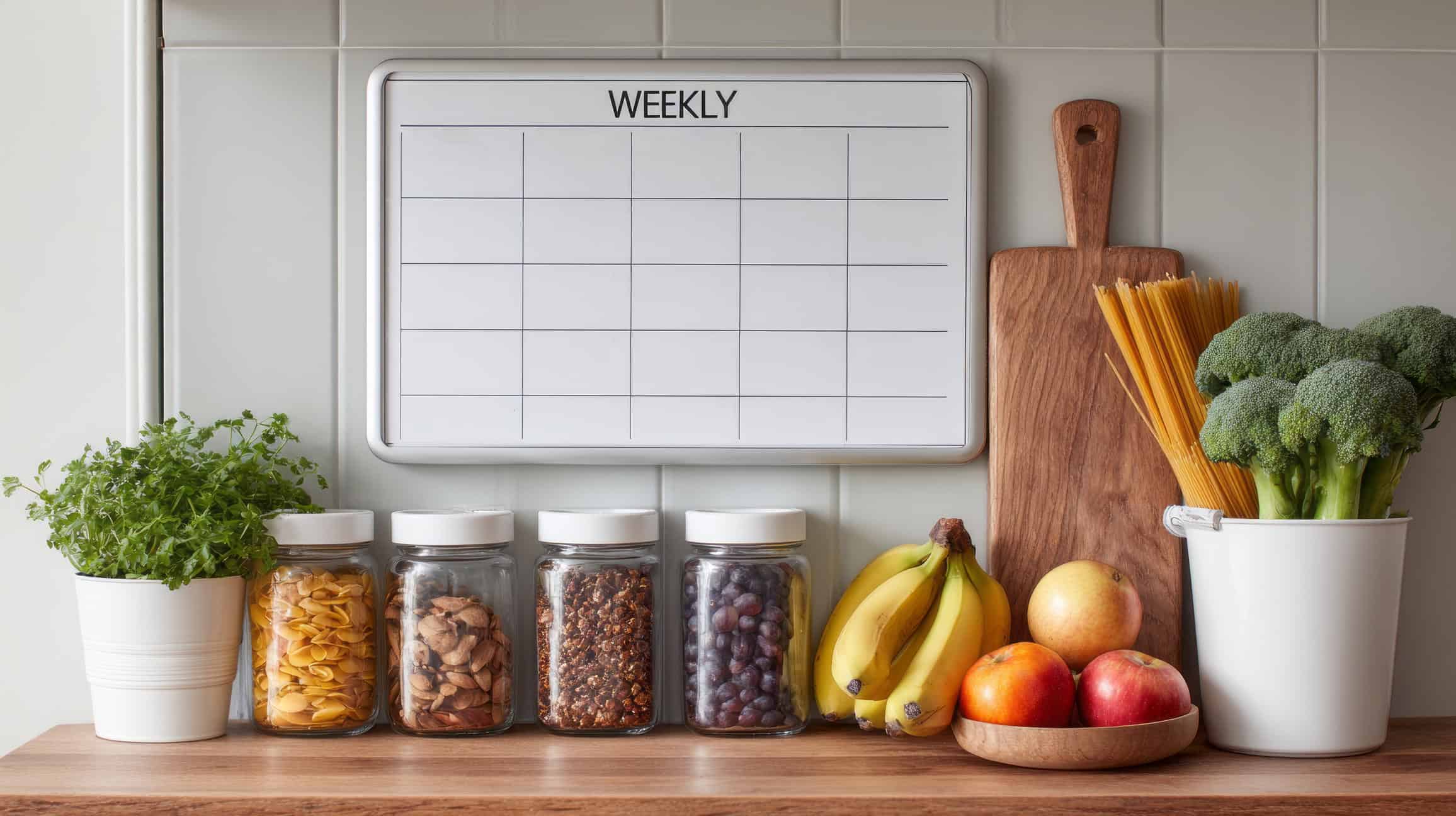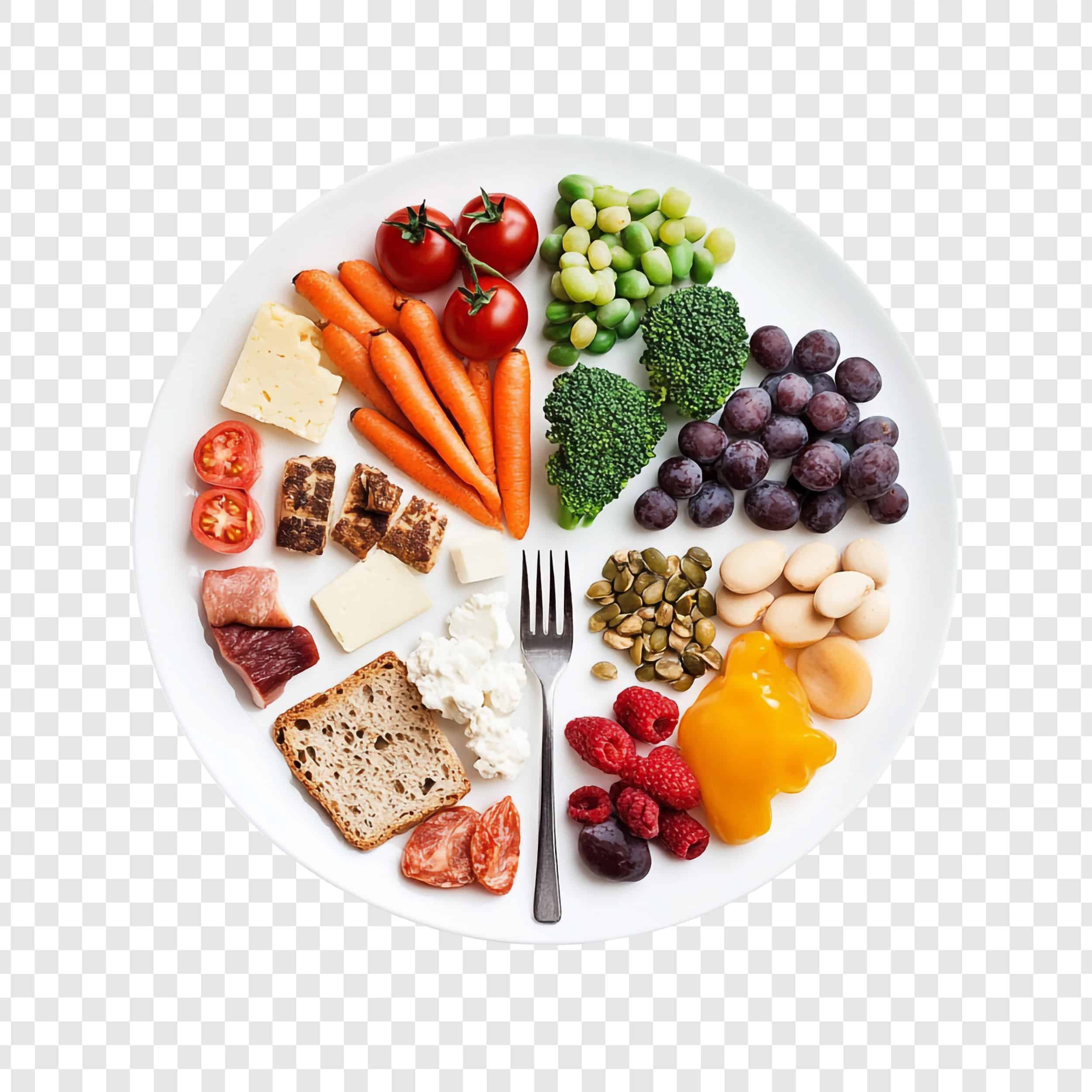Walking into a grocery store can feel overwhelming when you’re staring at endless aisles and countless options. With busy family schedules and tight budgets, it’s easy to wonder what items truly deserve space in your cart and what you should actually buy for your family’s needs. While convenience stores and online shopping have their place, grocery stores remain the best destination for certain essential categories that form the foundation of any well-stocked kitchen.
These five essential categories offer the best combination of freshness, variety, and value when you buy them at your local grocery store. By focusing on these fundamentals, you’ll build a foundation for flexible meal planning while ensuring your family can always get nutritious options on hand.
1. Fresh Produce
Grocery stores excel at providing fresh fruits and vegetables that simply can’t be matched by other shopping venues. Unlike convenience stores with limited, often overpriced selections, grocery stores offer extensive produce sections where you can inspect quality, compare varieties, and find seasonal bargains.
The ability to examine produce before purchasing makes a significant difference in both taste and value. When you buy seasonal produce, you get the best combination of flavor and affordability—those summer tomatoes and winter squash taste better and cost less when purchased during their natural growing seasons.
Add to Your Shopping List
- Seasonal fruits (apples, berries, citrus based on season)
- Fresh vegetables (carrots, onions, leafy greens)
- Frozen vegetables (corn, broccoli, mixed vegetables)
- Fresh herbs (basil, parsley, cilantro)
2. Proteins That Power Your Meals
When it comes to meat, poultry, seafood, and plant-based proteins, grocery stores provide unmatched variety and value. Many stores feature fresh meat and seafood counters where knowledgeable staff can help you buy the right cuts and get exactly the quantities needed for your planned meals.
Versatile proteins like chicken, eggs, and dried beans work across multiple cuisines and cooking methods, making them smart staples for any household. Eggs deserve special mention as one of the most cost-effective, nutritious proteins available—perfect for breakfast, baking, and countless dinner recipes.
Add to Your Shopping List
- Chicken breasts or thighs
- Ground beef or turkey
- Fresh or frozen fish fillets
- Eggs
- Dried beans and lentils
- Tofu or tempeh
3. Pantry Staples and Grains
Grocery stores shine when it comes to pantry essentials that form the backbone of countless meals. When you buy rice, pasta, flour, and basic seasonings at grocery stores, you get significantly better prices than at convenience stores or specialty shops. Store-brand versions of these basics offer identical quality at 20-30% lower prices than name brands.
These shelf-stable ingredients provide the foundation for flexible meal planning. When you buy rice, pasta, and basic seasonings to keep on hand, you can create satisfying meals with whatever proteins and vegetables are available.
Add to Your Shopping List
- Rice (white, brown, or jasmine)
- Pasta (various shapes)
- All-purpose flour
- Canned tomatoes
- Olive oil
- Salt, pepper, garlic powder
- Dried herbs (basil, oregano)
4. Dairy Products
Dairy products require consistent refrigeration and have shorter shelf lives, making grocery stores the logical choice for milk, yogurt, cheese, and butter. Grocery stores maintain proper temperature controls and rapid turnover, ensuring you get the freshest products with the longest remaining shelf life when you buy dairy items there.
These multi-purpose ingredients work both as standalone foods and cooking essentials. Milk serves cereal eaters and coffee drinkers while also functioning in baking and cooking. Cheese enhances sandwiches and melts beautifully into casseroles.
Add to Your Shopping List
- Milk (dairy or plant-based alternatives)
- Plain Greek yogurt • Shredded cheese (cheddar, mozzarella)
- Butter
- Cream cheese
- Cottage cheese
5. Cooking Essentials (Oils and Condiments)
Quality cooking oils and basic condiments transform simple ingredients into flavorful family meals. Grocery stores provide the selection and competitive pricing needed to build a versatile flavor pantry without breaking your budget.
Start with a good olive oil for most cooking tasks and a neutral oil like vegetable or canola for baking and high-heat cooking. Basic condiments like ketchup, mustard, vinegar, and soy sauce work across multiple cuisines and cooking styles.
Add to Your Shopping List
- Extra virgin olive oil
- Vegetable or canola oil
- Balsamic vinegar
- Soy sauce
- Dijon mustard
- Ketchup
- Hot sauce
Use OrganizEat to You Never Forget the Essentials
Managing these five essential categories becomes effortless when you use OrganizEat’s recipe organizing app to plan your shopping. When you select recipes for the week, simply tap the shopping cart icon next to each recipe’s ingredients, and all necessary items automatically populate your grocery list app.
The app ensures you never forget essential ingredients while making it easy to add non-recipe items like household supplies or snacks using the + button. This comprehensive approach means one organized list covers everything your family needs.
OrganizEat’s sharing feature lets you send your grocery list via email or text, so any family member can handle the shopping without missing items. OrganizEat connects your meal plans directly to your shopping needs, ensuring these five essential categories are always represented in your cart.
Conclusion
These five categories—fresh produce, proteins, pantry staples, dairy products, and cooking essentials—form the foundation of any well-stocked kitchen. Grocery stores provide the best combination of freshness, variety, and value for these essentials, making them your most important shopping destination.
By focusing on these fundamentals and using tools like OrganizEat to stay organized, you transform chaotic shopping trips into purposeful, efficient visits. The result is a kitchen stocked with versatile ingredients that enable flexible meal planning, reduce food waste, and support your family’s nutritional needs. When you master these grocery store essentials, every meal becomes an opportunity to nourish your family well.
For additional strategies on maximizing your grocery store visits, check out our comprehensive grocery shopping tips that complement these essential purchasing priorities.
Focus on fresh produce, proteins (meat, eggs, beans), pantry staples (rice, pasta, flour), dairy products, and cooking essentials like oils and basic condiments for meal flexibility.
Choose store brands for basics like flour and canned goods, buy seasonal produce, stock up on non-perishables during sales, and focus on versatile ingredients that work across multiple recipes.
Grocery stores offer better variety, fresher options, and competitive prices. You can inspect quality, find seasonal bargains, and choose from frozen alternatives that last longer.






